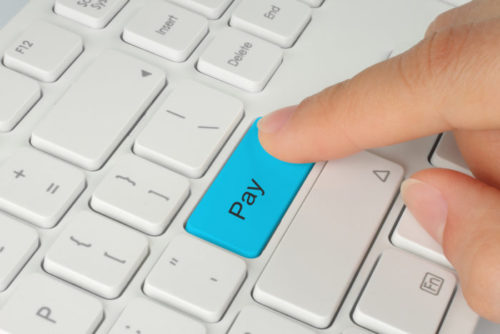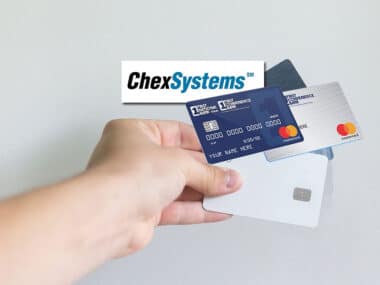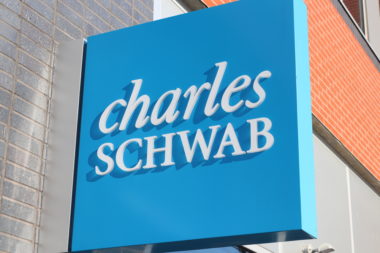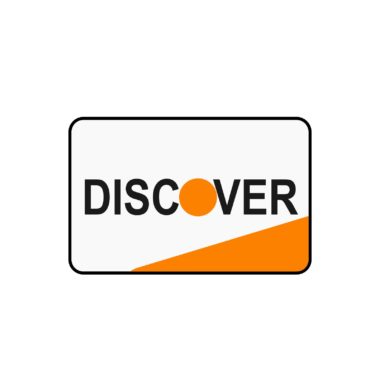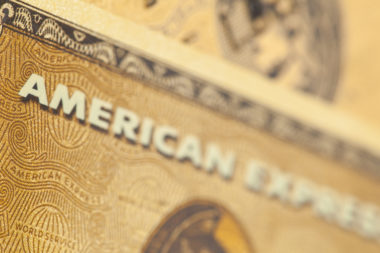When you think about paying for something by check, you probably think of writing out a paper check. However, that’s not the only way to write a check. Electronic checks, or eChecks, work in a similar fashion, withdrawing money from the payer’s account and depositing it into the payee’s account. However, instead of submitting a paper check to the bank, the entire transaction takes place electronically.
Although electronic checks have largely been replaced by direct deposit and other forms of electronic funds transfer, they are still useful when you want to make easy and secure payments or make purchases over the internet.
Table of Contents
How Do eChecks Work?
Using eChecks follows a similar process as writing a physical check: you authorize the vendor to withdraw a specific amount of money from your account, which is then deposited into their checking account. However, the actual steps are a bit different.
An eCheck begins with an authorization. Anytime a business wants to accept eChecks, it needs to request authorization from the customer. This is done via a signed authorization (electronic signatures are acceptable), a signed order form, or a recorded voice conversation.
Some companies also include ACH authorization in the terms and conditions section of their website; for example, if you want to make online payments to a credit card or utility account, you’ll authorize ACH or eCheck transactions by accepting the terms and conditions of the online payment system.
Once authorization is granted, the payer provides checking account information (routing number and account number) to the payee. The payer also inputs the amount of the payment. If the payment is recurring, the payer needs to indicate when the payments should be made and how much. This information is collected by the payee, entered into their system, and saved.
When it’s time to submit the payment, the funds transfer process is initiated. The payment details are submitted to the ACH, where funds availability is confirmed. The processor then withdraws the funds from the payer’s bank and transmits them to the recipient’s account. In most cases, funds are verified within 48 hours, and the entire transaction clears within five days.
Once the transaction is complete, both parties will see the transaction listed on their bank statements with a notation that it was an ACH transaction. If you receive an eCheck or ACH transfer in your account, you can access the money using your debit card or by making a withdrawal. There is no need to visit the bank or use your mobile app to “cash” the check.
What Are ETFs and ACHs?
ETF, or electronic funds transfer, is the process of moving funds from one bank account to another online, without the involvement of a bank employee or any actual cash. It’s an umbrella term that includes all types of digital transactions, including direct deposit, wire transfers, and ACH payments. ACH — a program of the Bureau of the Fiscal Service — stands for Automated Clearing House, which processes transfers between banks. It’s the actual infrastructure that banks use to make electronic funds transfers.
How to Pay With an eCheck
In many cases, when you make a payment with an eCheck it isn’t actually called an eCheck, but rather an online or electronic payment, or an automatic withdrawal. Some of the places you’re most likely to use an eCheck include:
- Utility payments;
- Credit card payments;
- Mortgage or rent payments;
- Loan payments, including auto and student loans;
- Tax payments.
Very few online merchants allow payments using eChecks anymore, but there are some, including Amazon and eBay. You can also make eCheck payments for purchases using PayPal. It’s usually presented as an alternative to using a credit card, with the caveat that it can take longer for the payment to clear, thereby delaying the delivery of your purchase.
To pay with an eCheck, the vendor must be set up with an ACH merchant account in order to accept it. If they are, you can make a payment by providing your account information and authorization using their online payment system.
Most banks and utility companies offer an online bill payment service via their website or mobile app, and will walk you through the process of setting up your payment account. Keep in mind that you must have a checking account to make eCheck payments, as they cannot be made from savings accounts or via credit or debit accounts.
Are eChecks Safe?
Electronic checks offer multiple advantages over traditional paper checks, one of which is the increased safety of paying electronically. Without a paper check, there’s less risk of fraud, theft, or lost or misdirected documents.
ACH processing involves multiple layers of authentication, and merchants can only accept eChecks when the customer authorizes payment. Where paper checks can be made out or signed by thieves, or deposited into the wrong account, the extra authentication steps of eChecks reduce the risk of this happening.
Using eChecks to pay your bills can also help ensure on-time payments. By scheduling transfers to take place on a specific day, you don’t risk late payments due to delayed, lost, or misdirected mail. The costs are also lower, since there’s no need to purchase paper checks or postage for mailing payments.
How to Get Started With eChecks
Anyone with a checking account can use eChecks if the merchant or vendor they are paying is set up to accept them. Business owners need to establish a merchant account, a type of bank account that allows you to accept a variety of payments, and can then apply for an ACH account. Each bank has its own rules and requirements for merchant accounts, so you may need to shop around to find the best option for your needs.
When it comes to online checking, BBVA makes it easy with no ATM fees nationwide at more than 64,000 participating ATMs, including $0 monthly service charges, and a FREE BBVA Visa Debit Card. Learn more here.
Image Source: https://depositphotos.com/
